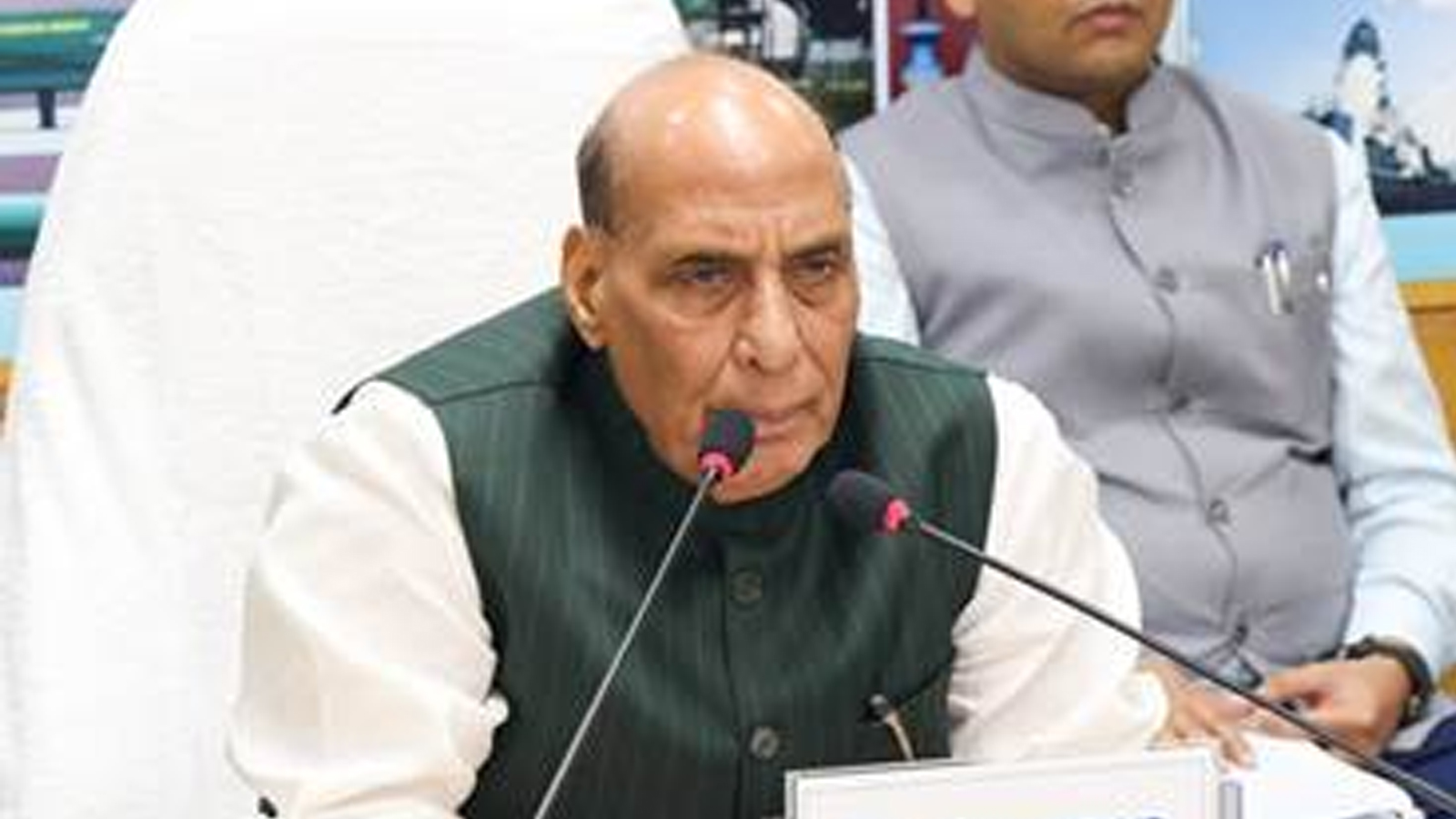Defence Minister Rajnath Singh on Monday said that the effective use of Made-in-India equipment during Operation Sindoor has significantly bolstered India’s reputation both regionally and internationally, underscoring the growing strength of the country’s indigenous defence capabilities. He was addressing the Society of Indian Defence Manufacturers (SIDM) Annual Session 2025, held in New Delhi on the theme ‘Defence Self-Reliance: Strengthening National Security through Indigenous Industry’.
Highlighting the operational success of indigenous systems such as the Akash missile, BrahMos, and AkashTeer Air Defence Control System, Singh praised the synergy between the Armed Forces and India’s defence industry. “The credit for the success of Operation Sindoor goes not only to our brave soldiers but also to the ‘industry warriors’ who stood at the forefront of innovation, design, and manufacturing,” he said, describing Indian industry as the fourth pillar of national defence alongside the Army, Navy, and Air Force.
Calling for introspection and preparedness, Singh said that Operation Sindoor should serve as a case study for the future. “This incident has shown that anything can happen at our borders, anywhere, at any time. We must be ready for war-like situations, and our preparedness must rest on our own foundation,” he said.
The Defence Minister emphasised that in an era of global uncertainty and evolving warfare, indigenisation is the only way forward. “The established world order is weakening, and conflict zones are increasing in many regions. It has, therefore, become necessary for India to redefine its security and strategy,” he said.
Singh lauded the government’s initiatives to build a level-playing field for domestic defence manufacturing, asserting that the focus must shift from assembling imported systems to creating a true manufacturing base embodying the vision of “Made in India, Made for the World.” He cited several government programs—including the Quantum Mission, Atal Innovation Mission, and National Research Foundation—as examples of efforts to build a robust culture of research, innovation, and technology-driven production.
Highlighting India’s growing self-reliance, Singh noted that defence production in the country has risen from ₹46,000 crore in 2014 to a record ₹1.51 lakh crore, with the private sector contributing ₹33,000 crore. Defence exports have also soared from less than ₹1,000 crore a decade ago to around ₹24,000 crore in 2025, and are projected to reach ₹30,000 crore by March 2026. He urged the private sector to increase its share in domestic defence manufacturing from 25% to 50% within three years.
To deepen indigenisation, the Defence Minister called on the industry to dominate supply and maintenance chains and focus on indigenous production of subsystems and components, not just platforms. “When we buy major equipment from abroad, maintenance and spares put a financial strain and perpetuate dependence. Indigenous production of components will strengthen our self-reliance,” he said, urging that “our soil, our shield” become the country’s guiding principle.
Singh also underscored the need for technology-based manufacturing and effective technology transfer to empower local industries. “Our goal should not be just to assemble in India but to develop and own advanced technologies,” he said.
Encouraging innovation and collaboration, he urged Indian industries to take up challenges under the government’s iDEX and ADITI programs to develop large-scale, end-to-end technological products. “If we work together, the entire landscape of the defence sector will transform,” he affirmed, extending the government’s full support to industry innovators.
The event was attended by Defence Secretary Rajesh Kumar Singh, SIDM President Rajinder Singh Bhatia, SIDM Director General Ramesh K, former SIDM President SP Shukla, senior officials from the Armed Forces and Ministry of Defence, as well as industry leaders and young entrepreneurs.














